Text by Wailana Kalama
Images by Erica Davidge
The first thing I noticed in Iceland was the light. How it pierced through my jetlag, cut through the brisk air, full of promise. How, even in early winter, it tucked itself away for all but four breathtaking hours of the day.
One October, three friends and I decided to tour the Ring Road, the single highway that encircles Iceland, and take in the glaciers, lagoons, waterfalls, and other natural wonders the country is famous for.
The island’s otherworldly landscapes have long been muses for artists, photographers, and filmmakers; we were curious if the myriad depictions of this place did it justice.
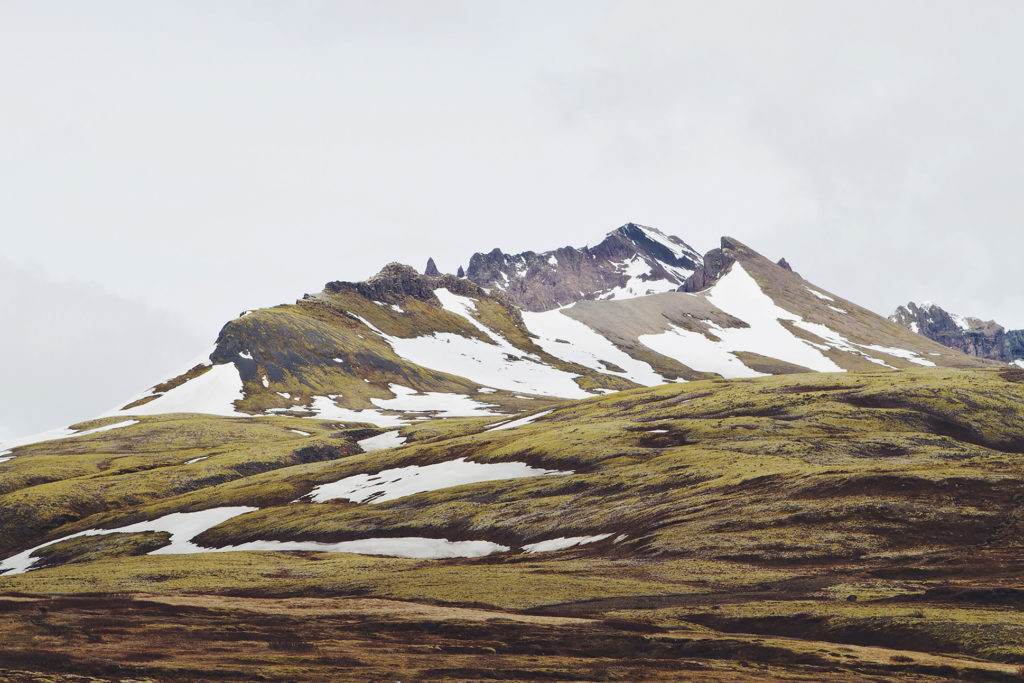
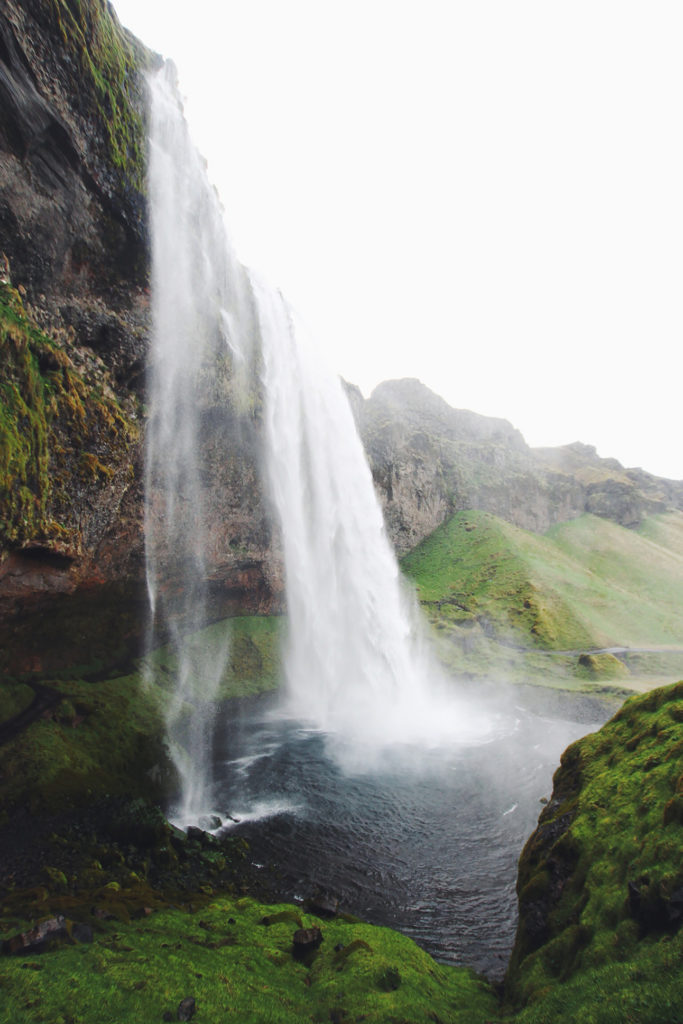
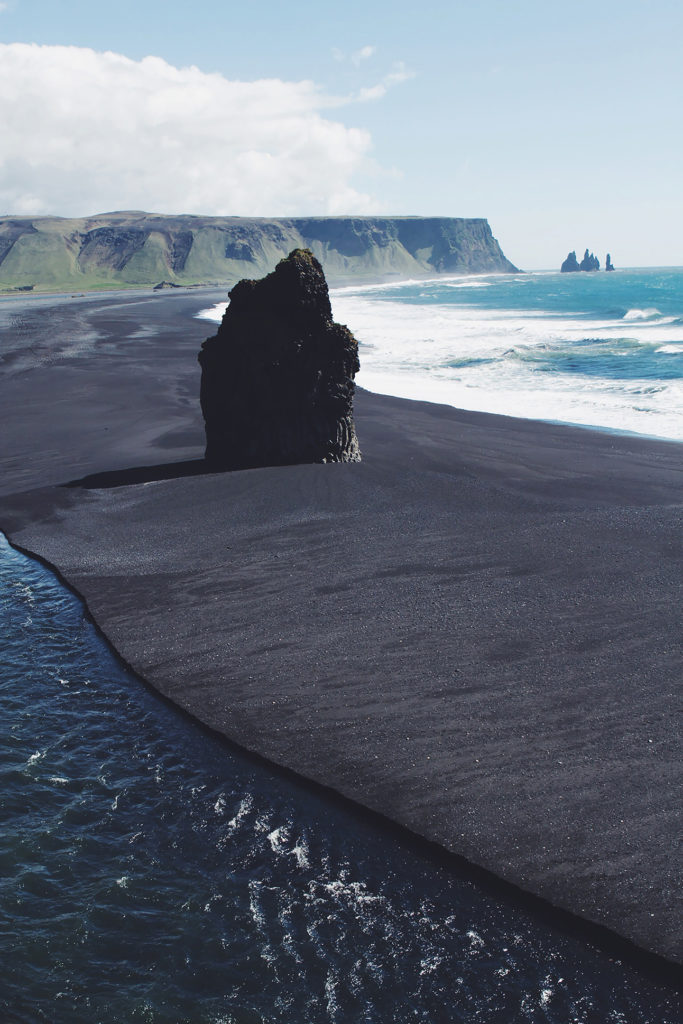
It was early morning when we climbed into our rental car, an essential when wandering Iceland’s lonely roads, where you can go hours without seeing a single sign of civilization. We stopped at a small café in Reykjavik for a breakfast of fermented shark, dense rye bread, and dried cod with butter. Across the street loomed Hallgrímskirkja, a landmark church that dominates the capital’s skyline. An homage to the hexagonal basalt columns of Svartifoss waterfall to the east, Hallgrímskirkja rises from the earth like a gigantic, angelic organ waiting to be played.
In Iceland, the landscape permeates everything—religion, myth, art, literature. There is a heightened awareness of the earth, the water, the magma beneath your feet. Iceland is similar to Hawai‘i in that way, especially Hawai‘i Island, where I’m from. Both are geologically young, with dramatic mountains, sandy beaches, and active volcanoes. The land in both places is precious because there is so little of it. In Reykjavik, you’re constantly reminded of that fact. To the north, ships bob in the bay; to the south lies Nauthólsvík geothermal beach; and to the west, the Atlantic Ocean seems to stretch on endlessly. If you get lost, look to the waves to know where you are.
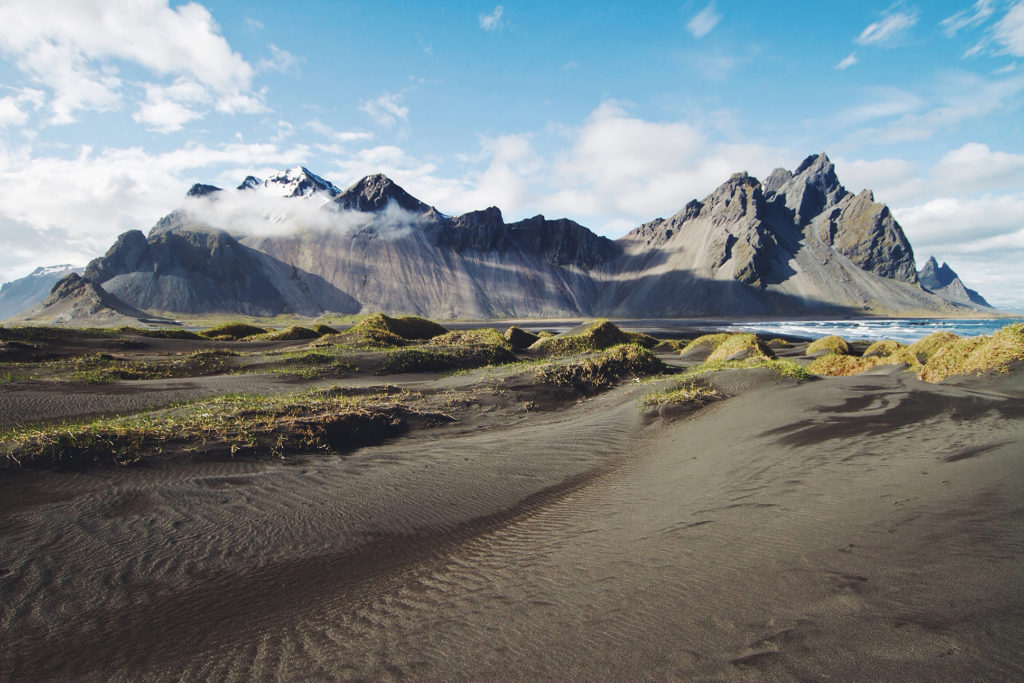
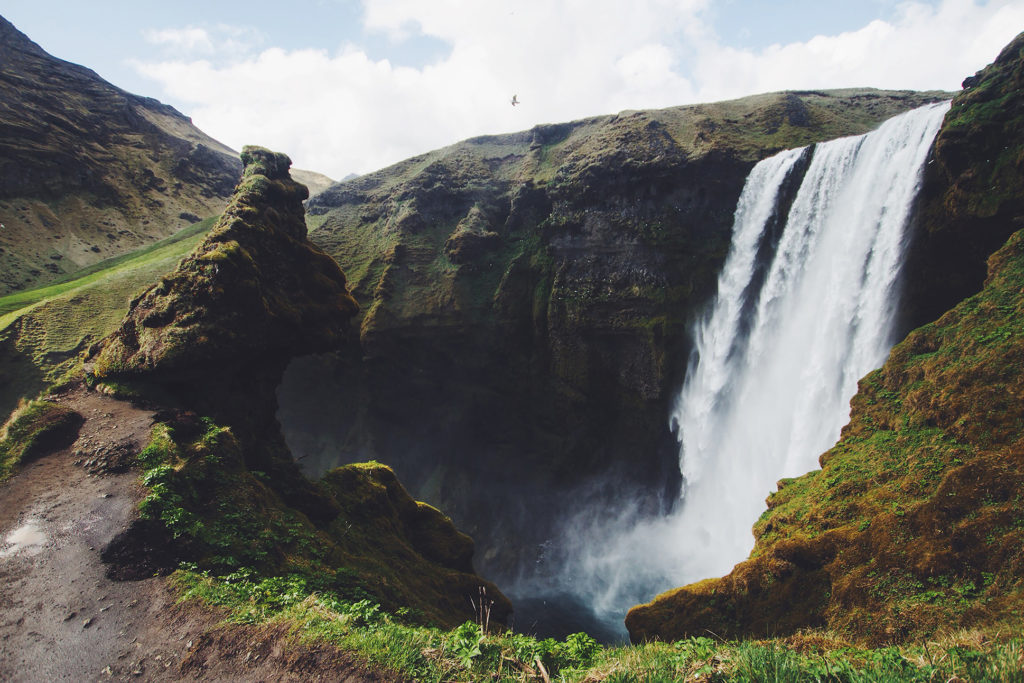
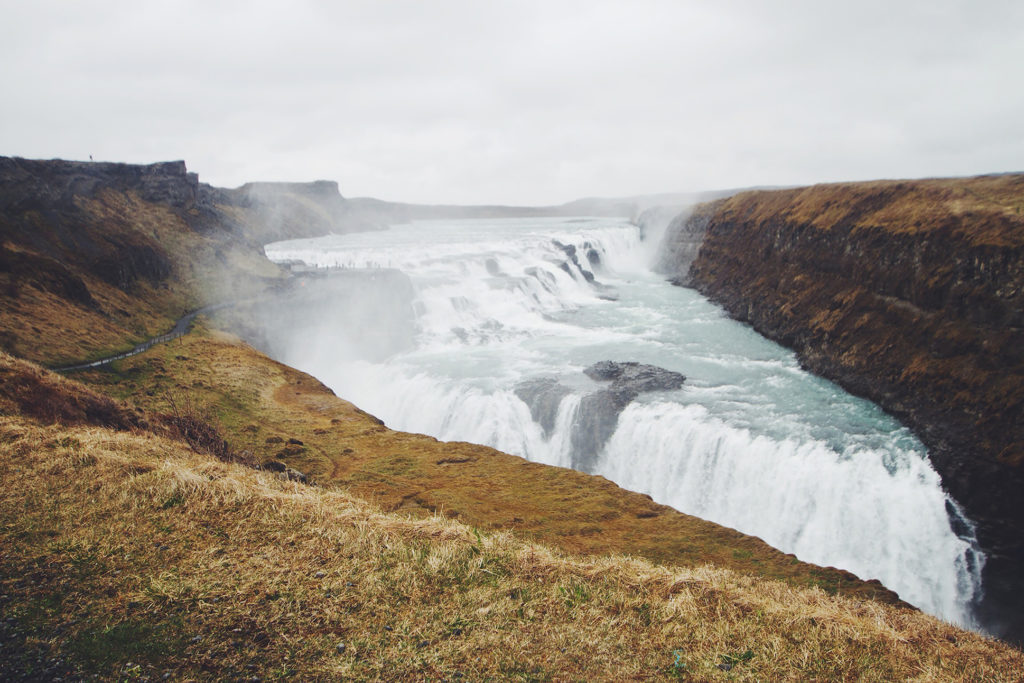
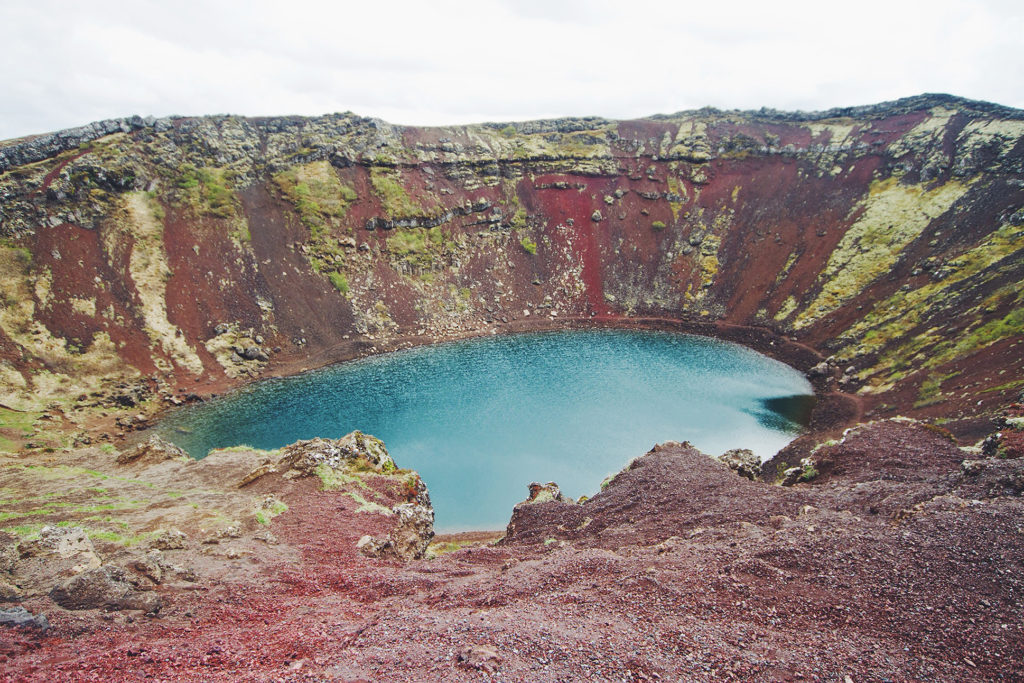
After Reykjavik we continued on Route 1, as the Ring Road is also known. As it was autumn, much of the lowlands were brown, their grasses like fine troll hair. Before following the road south, we detoured inland to Þingvellir Valley.
This wide rift valley lies at the meeting point of the north American and Eurasian tectonic plates and is one of the three main landmarks along the Golden Circle, a scenic loop that takes you from Reykjavik to central Iceland and back.
During the Viking Age, Icelanders gathered at Þingvellir to make laws and settle grievances, using its craggy cliffs as a natural amphitheatre.
From there, it was a short drive to the two other nonpareils on the Golden Circle: Gullfoss, a waterfall that drops in two tiers into a mist-sprayed canyon, and Haukadalur valley, an area of shooting geysers, bubbling hot springs, mud pots, and fumaroles.
Back on the Ring Road and continuing south, the landscape changes from grassy lowlands to mountainous highlands. Plains and lonely peaks give way to moss-covered lava fields and ice-capped volcanoes.
Though it’s dubbed a highway, the Ring Road is just two lanes, which wind past waterfalls with names that read like ancient secrets: Seljalandsfoss, Skógafoss, Aegissidufoss, Gluggafoss. Legend has it that a Viking settler buried treasure in a cave behind Skógafoss.

In Iceland, the landscape permeates everything—religion, myth, art, literature. There is a heightened awareness of the earth, the water, the magma beneath your feet. Iceland is similar to Hawai‘i in that way.
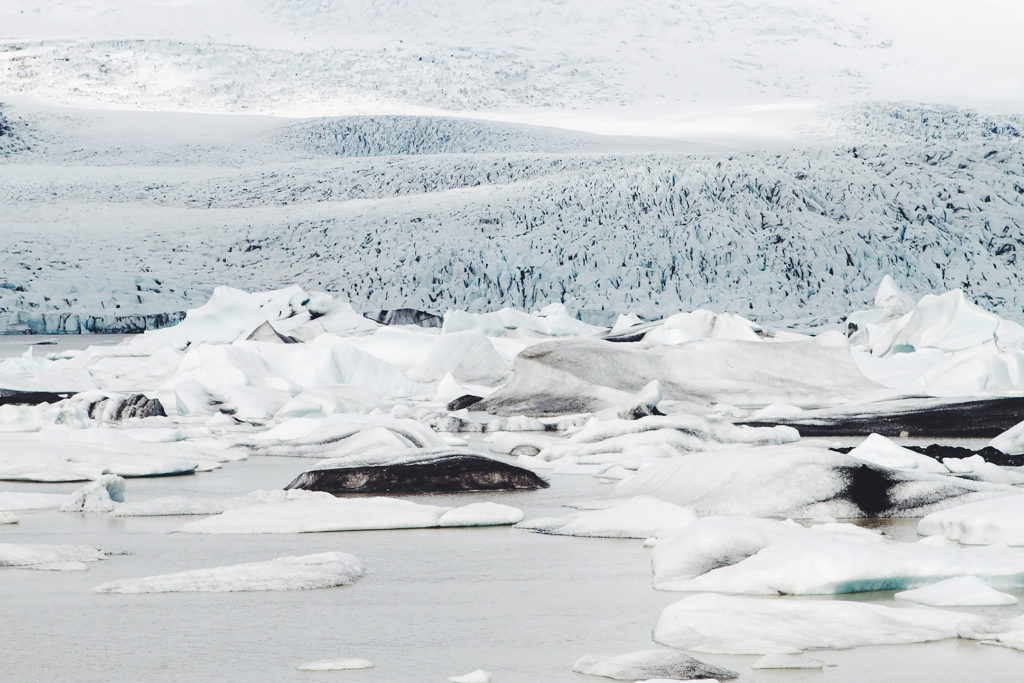
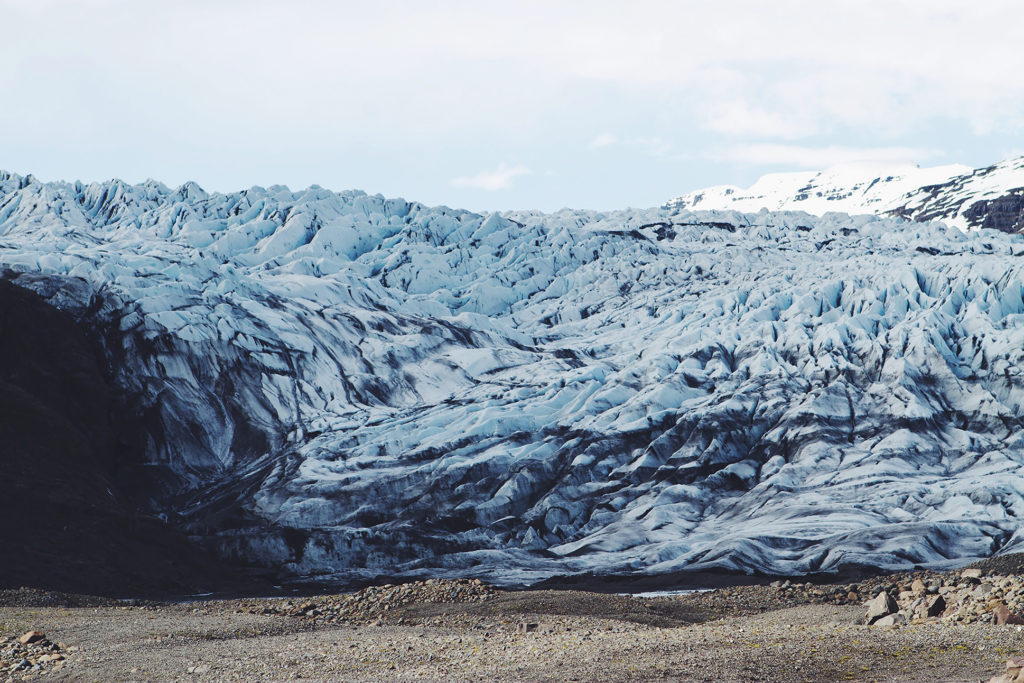
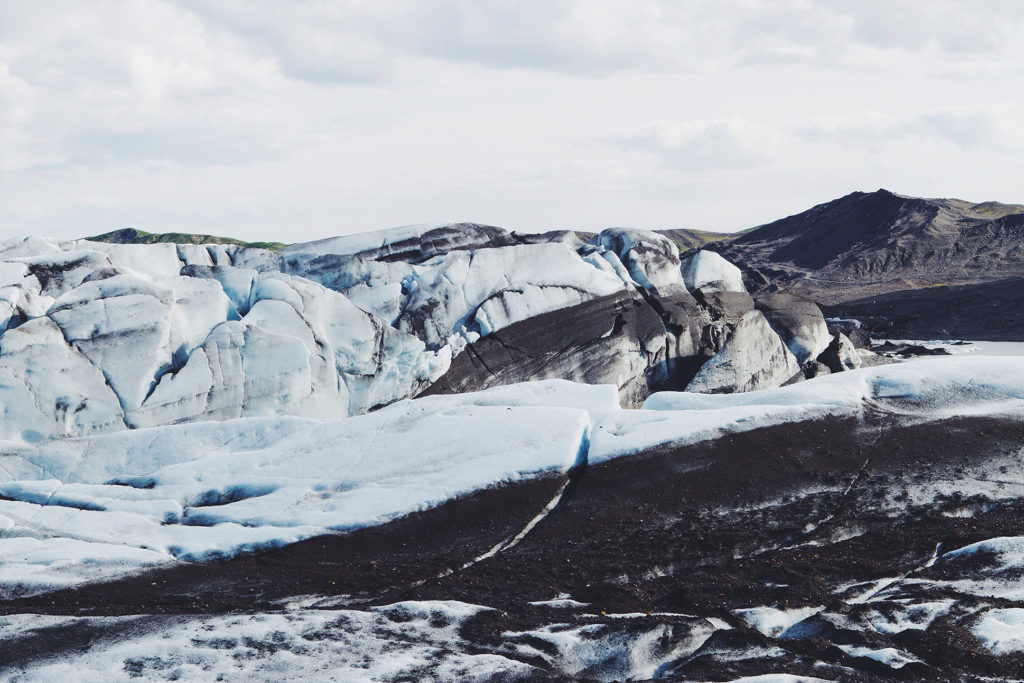
Myths pepper the coast, giving the landscapes flavor and life. At Reynisfjara beach—a stretch of black sand, ghostly surf, and basalt cliffs—two legendary sea stacks stand just offshore. As the story goes, the ancient monoliths are the remains of two trolls who lost track of time and were caught in the rays of the rising sun, which petrified them into stone. Gazing out at them in the draining light, it’s hard not to believe.
Iceland is drama, a barren, black landscape interrupted by tufts of pale yellow grass. Iceland is a long glacier tongue tumbling into a lagoon, thawing into icebergs of luminous blue, soot black, milky white. At Jökulsárlón, I spotted a lone seal gliding from the black waters of the lagoon out to the Atlantic, past the shore of glassy ice known as Diamond Beach.
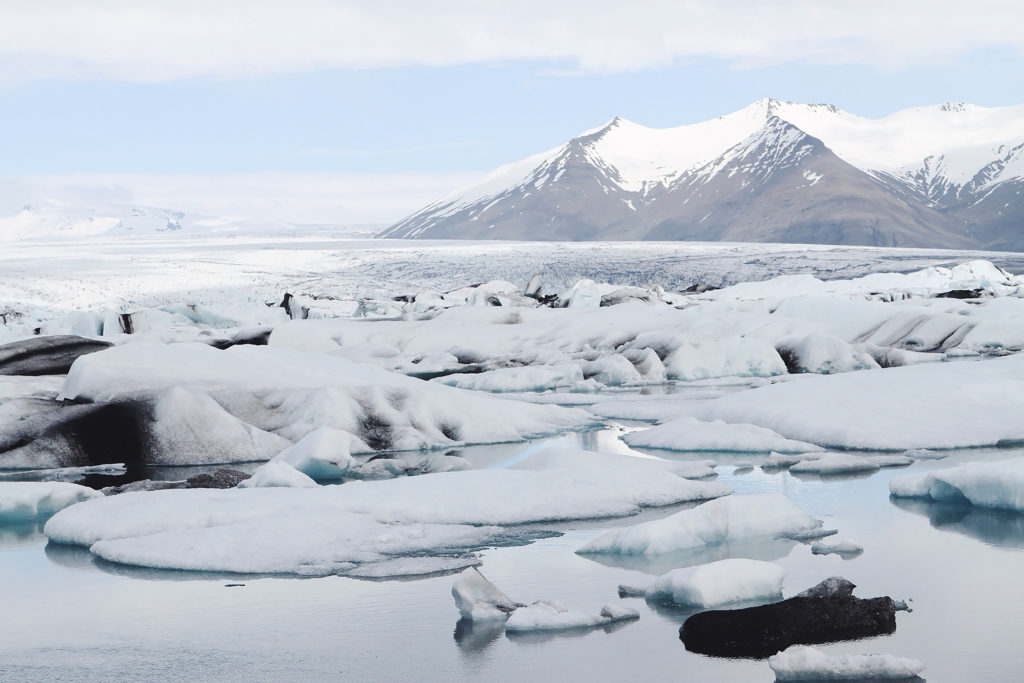

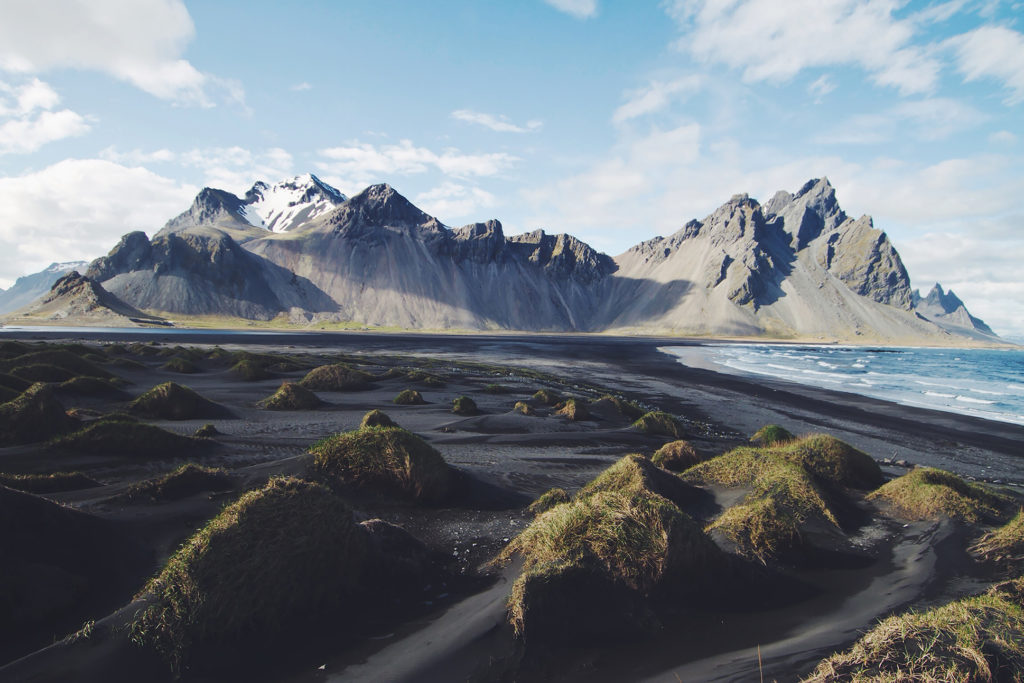
In the Highlands, all pretense of villages or farms fades away into canyons and volcanic landscapes. Here, nature takes supremacy. Ravens test their wingspans from atop derelict cairns. The waterfalls are more powerful than those to the south, unrivaled in strength or roar. In the cliffs of Vopnafjörður, we spied the skeleton of an Arctic fox, pecked or weathered clean.
The region of Mývatn lake is a geologist’s dream, alive with pseudocraters, calderas, thermal springs, and lava fields.
Iceland has not one Santa but 13, and they all live here, in Dimmuborgir, a field of malformed and ostentatious lava rocks. For souvenirs, a lapidary there sold us some obsidian, called hrafntinna in Icelandic. Raven-flint. When I tilted a piece in my hand, splinters of light jumped eagerly off its glassy edges.





